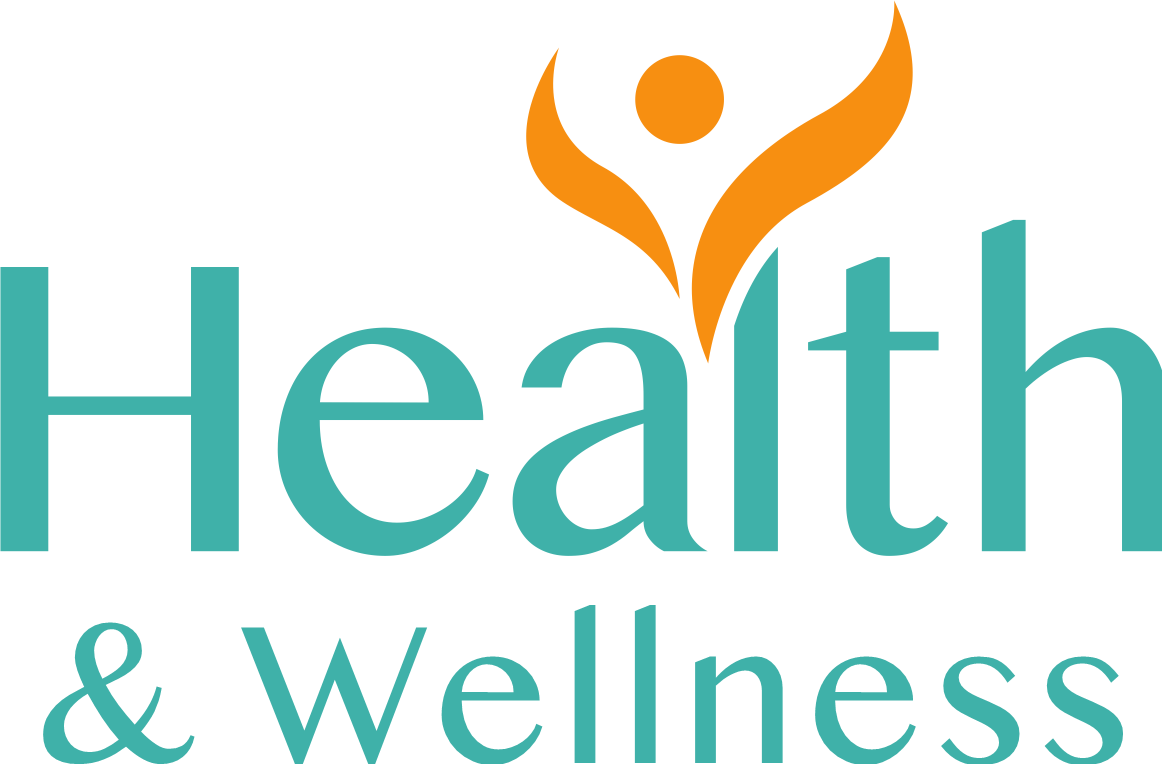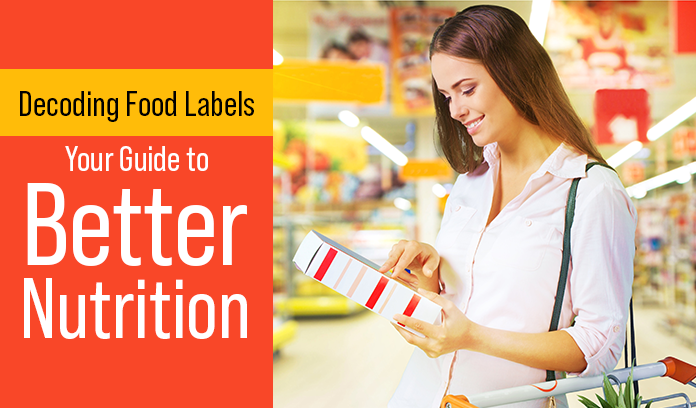In the aisles of grocery stores, food labels provide valuable information about the products we buy. Yet, understanding these labels can sometimes feel like solving a complex puzzle. Mastering the art of reading food labels every time you buy a product is essential especially when you are aiming for a healthier lifestyle, managing dietary restrictions, or making informed choices. In this blog, we’ll walk you through the key elements of food labels, enabling you to make smarter nutritional decisions.
Serving Size Awareness
The first step in deciphering a food label is understanding the serving size. This information is critical as it tells us about the nutritional values listed on the label. Be sure to compare the serving size to the portion you consume to get an accurate understanding of what you’re consuming.
Calories Matter
Once you understand the serving size, it’s time to check the calorie count. This number will tell you the amount of energy you’ll get from one serving. If you’re watching your weight, be mindful of portion sizes to manage your everyday calorie intake effectively.
Nutrients to Embrace and Avoid
Pay attention to the nutrients listed below the calorie count. Aim for a higher percentage of essential nutrients like dietary fiber, vitamins, and minerals. On the other hand, limit your intake of added sugars, saturated fats, and trans fats as consuming these foods can contribute to health problems.
Unraveling the Ingredients List
The list of the ingredients can provide valuable insights into the product’s composition. Ingredients are listed in descending order by weight, so the first few ingredients are the most prominent ones. If you spot terms like “partially hydrogenated” oils or high levels of refined sugars at the beginning, think twice before purchasing that item.
Understanding % Daily Value (%DV)
The %DV shows how much a nutrient contributes to a daily diet in one serving of the food. As a general guide, 5% or less is considered low and 20% or more is high. Use the %DV to determine a product’s nutritional value and draw comparisons between several options.
Conclusion
In a world where food choices can impact our overall health, knowing how to read food labels allows us to make informed decisions. By understanding serving sizes, calories, nutrients, ingredients, and %DV, you’ll be able to choose foods that are well-aligned with your nutritional goals. With practice, decoding food labels will become second nature for you, contributing to a healthier and more conscious lifestyle. So, the next time you’re at the supermarket, take a moment to give those labels the attention they deserve.

